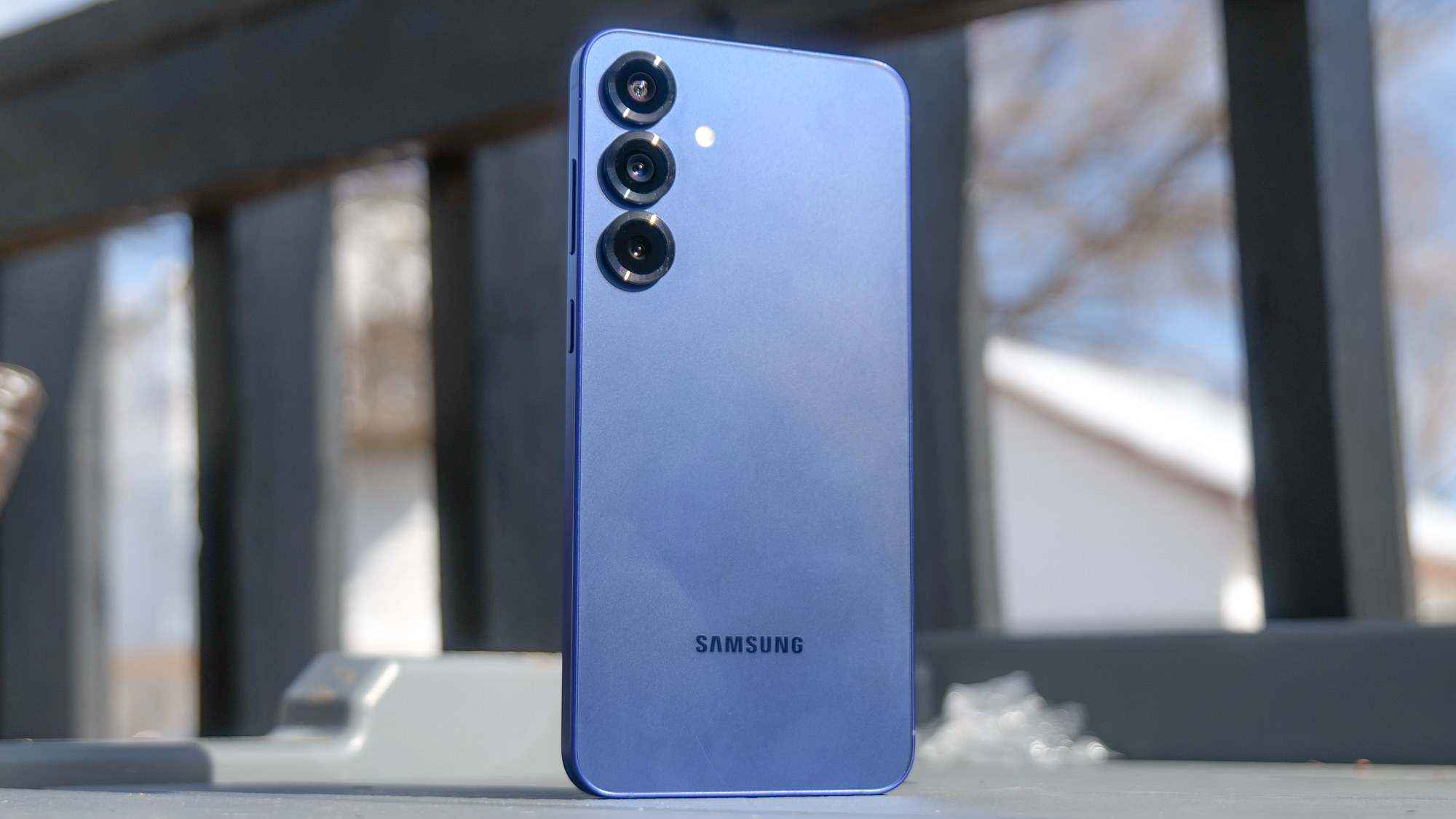How to charge a Tesla
Keeping your Tesla charged up is pretty simple
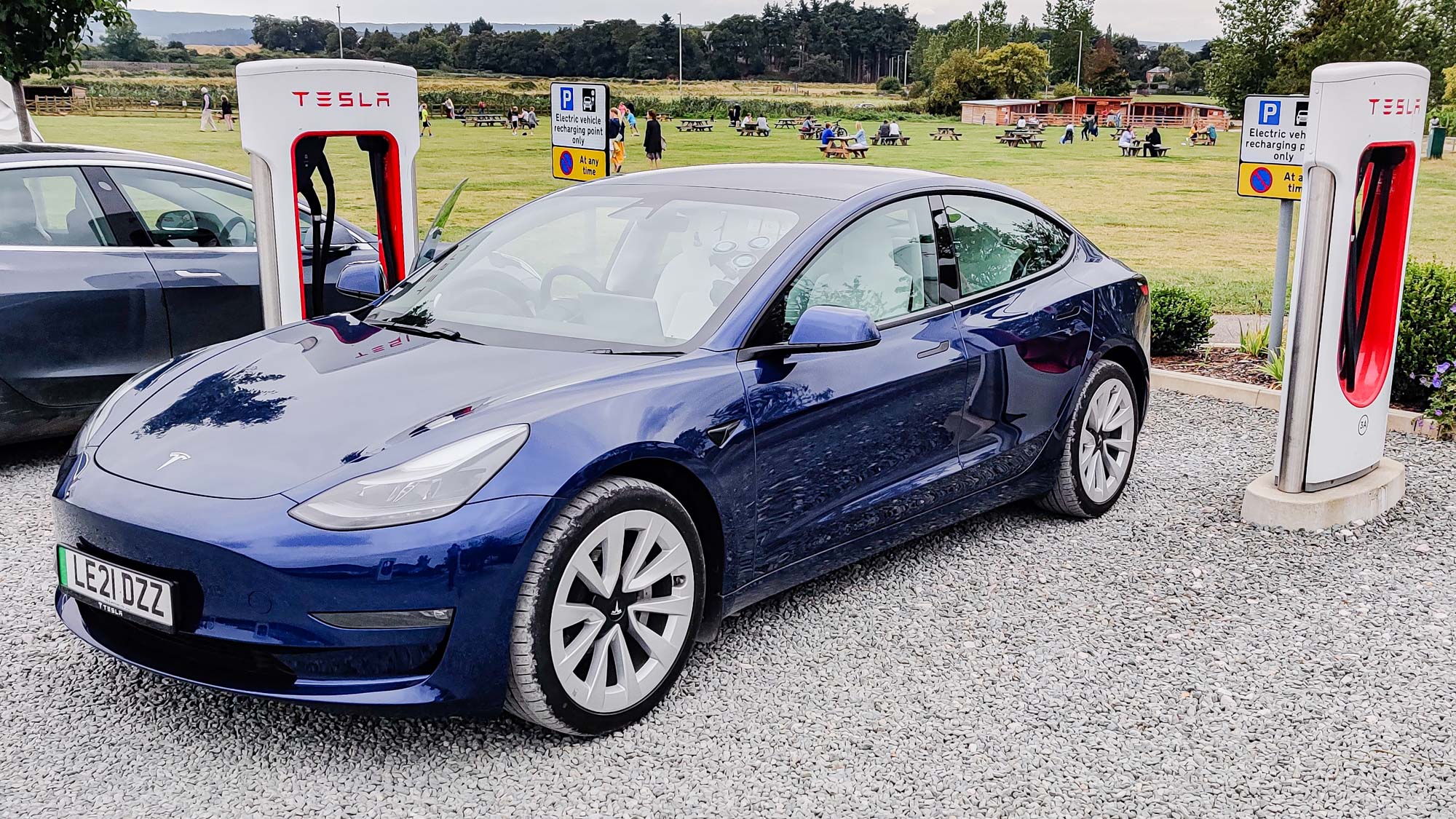
How do you charge a Tesla? That’s a question you may be asking if you’re thinking about switching to one of the best electric cars.
After all, recharging one won't be as speedy as pulling up to a gas station and spending a few minutes filling up your tank, even if you have a bunch of public chargers where you live. (For a breakdown of all the chargers around, check out our guide on EV charging.)
Recharging is a slow process in comparison, and it’s one that a lot of drivers won’t have much experience with. Fortunately the whole process is very simple, especially if you’re using a Tesla Supercharger. So, here’s how to charge a Tesla and keep your car on the road during those long trips.
How to charge a Tesla at a Tesla Supercharger
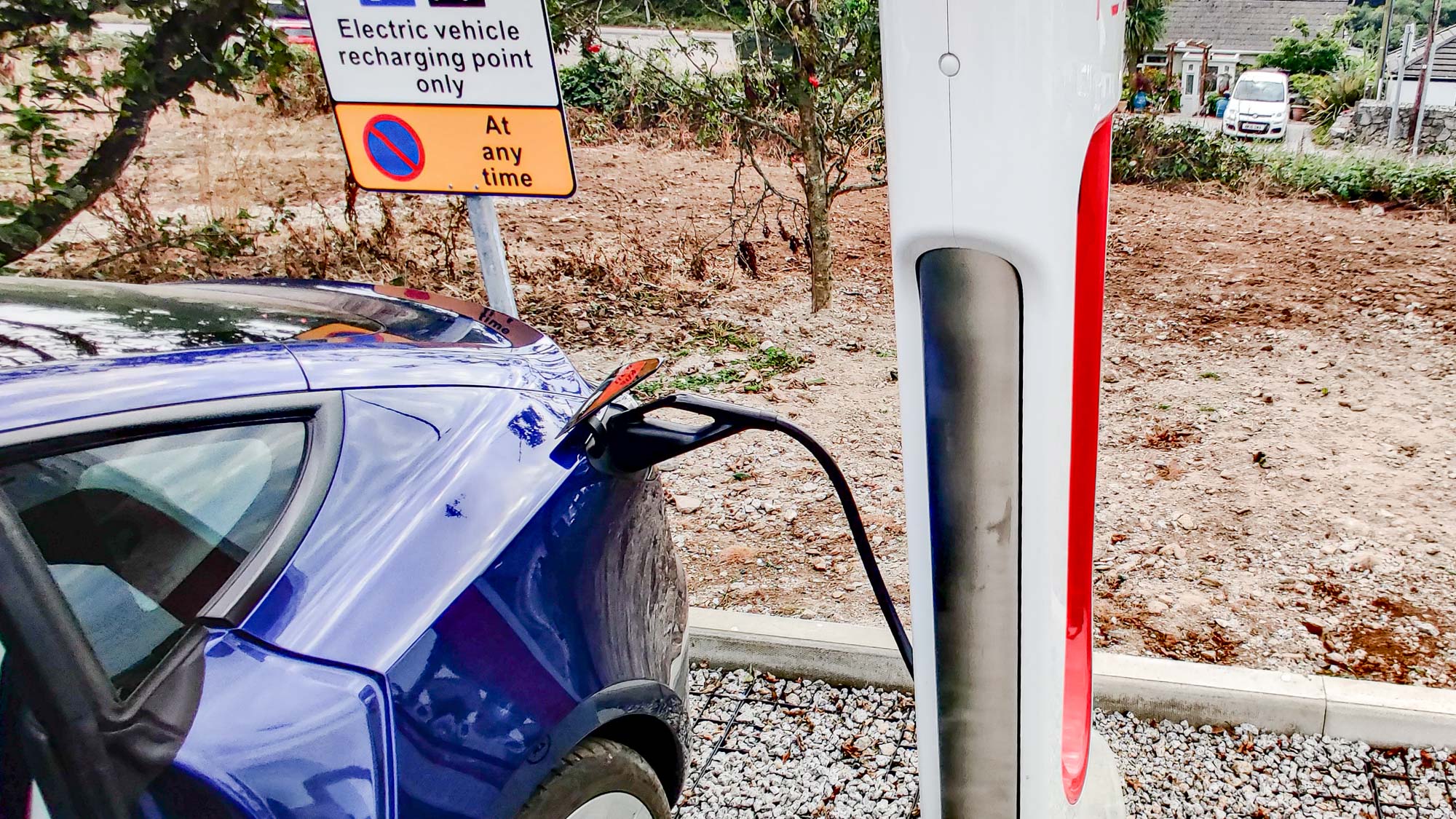
Using a Tesla Supercharger is remarkably easy — in fact, it’s probably the easiest public EV charging network out there, because it doesn’t rely on any awkward apps or dodgy hardware to confirm your charge.
Your car will need to be registered to your Tesla account before you can use a Supercharger. If you purchased your car directly from Tesla, this will be done automatically. If you purchased it from a third party, you’ll need to add it manually from a desktop browser:
1. Register for a Tesla account, or log in if you already have one
2. Click Add next to the “Purchased a car from a third party?” option
3. Enter your Tesla’s VIN number, which is located in the lower-left corner of the windshield
4. Follow the on-screen steps and provide the necessary information to register your car. Be sure to have the title or registration, and your personal ID, to hand
Once that’s done, you will need to add a payment method to your account. This is how you will pay for the power you use at each Supercharger station.
Sign up to get the BEST of Tom's Guide direct to your inbox.
Get instant access to breaking news, the hottest reviews, great deals and helpful tips.
1. On a desktop browser, choose the Payment Method option on the side of the screen. On mobile, click your Profile Picture > Account > Wallet
2. Choose Add Card
3. Enter the details of the card you wish to tie to your account
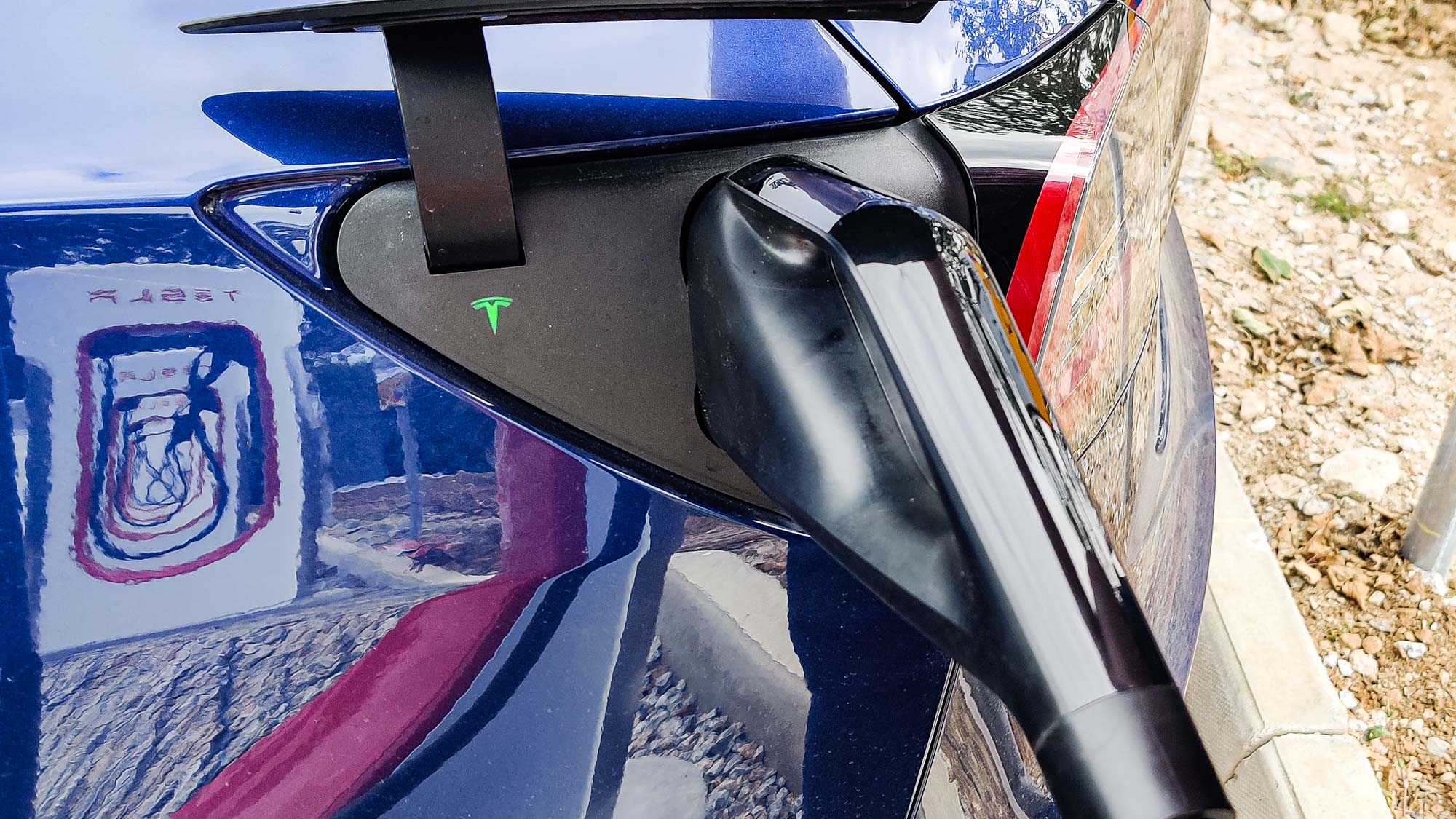
So now all the hard stuff's out of the way, how do you actually charge?
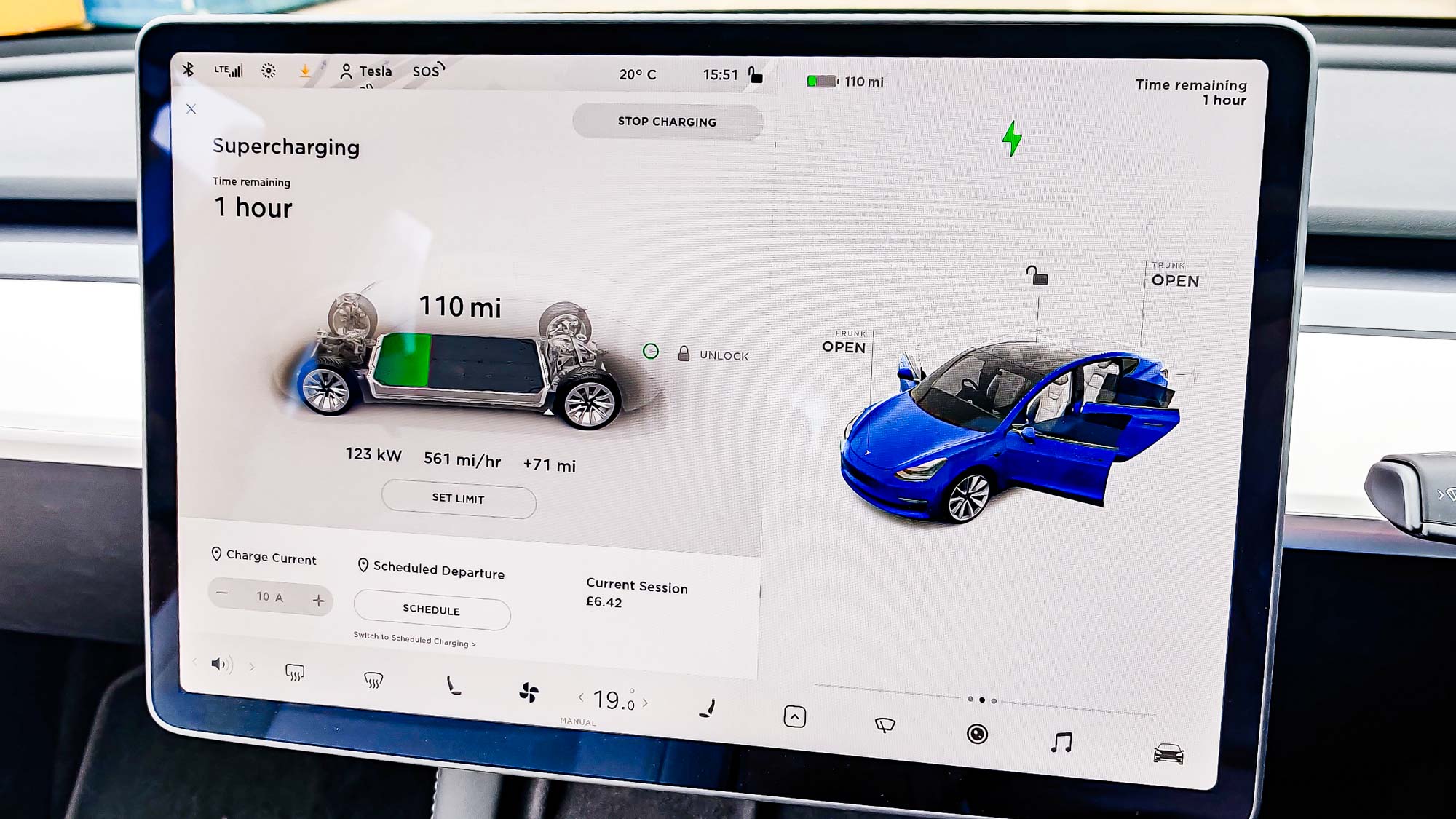
1. Drive to a Supercharger — a map can be found on Tesla’s website or using the in-car navigation system
2. Park in an empty bay
3. Open your charging port. This can be done on the car’s infotainment screen by hitting the charging port/lightning bolt icon, or by pressing the bottom of the charge port door itself
4. Plug the Supercharger cable into the port, and wait for it to lock
5. Wait while the car recharges. You can check the progress, and how much your session has cost so far, from the Tesla app and the car’s own infotainment screen.
It really is that simple. There’s no need to confirm or activate a charge, because your car is already tied to your account and the Supercharger can charge the cost to your card when you're done.
How to charge a Tesla at home
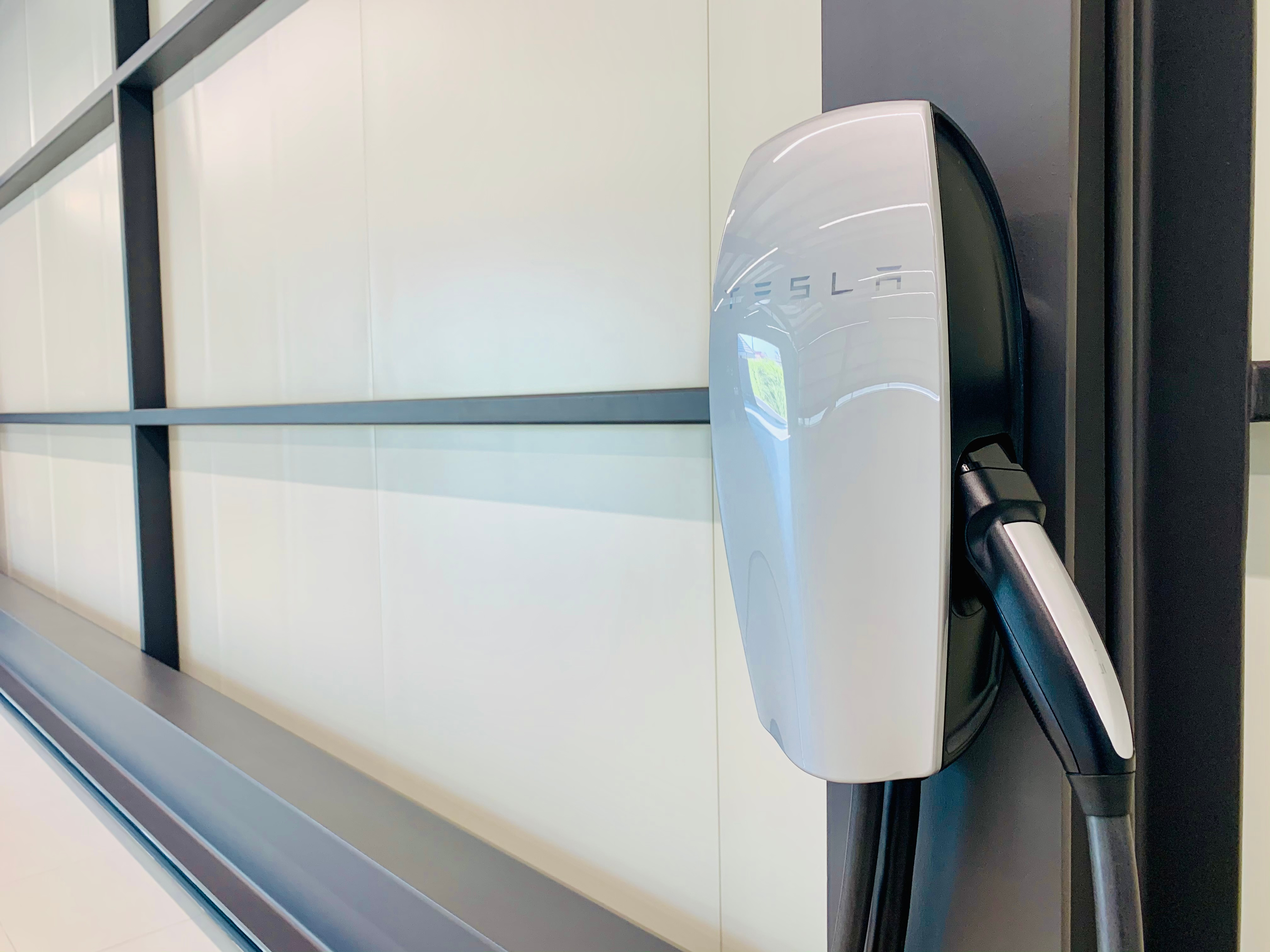
For most EV owners, recharging is done at home, and Teslas are no exception to this. Recharging at home is significantly slower than using a Supercharger, but it also costs considerably less. How much you pay all depends on how much your energy company charges you.
There are a variety of different ways you can recharge at home, but they all share the same basic process:
1. Park up and ensure the charging port is within reach of your charger
2. Open the charging port, either from the infotainment screen or by tapping the bottom of the charging port door
3. Plug in your car
Just like using a Supercharger, it’s very simple. But because it’s a home charger, and already tied to your own power supply, there’s no payment to worry about — outside of your usual home energy bill.
Tesla recommends that you purchase a Tesla Wall Connector, which costs $550. This doesn't include installation costs, which will require the services of a qualified electrician. This charger offers up to 11.5 kW speeds, and can add 34-44 miles of range per hour depending on which Tesla model you own.
However, the automaker does include accessories that let you manage without this gizmo. The Gen 2 Mobile Connector bundle comes as standard, and lets you plug straight into a 120V plug socket to charge — albeit at a very slow 1.3 kW speed that adds just 2-3 miles of charge per hour.
Tesla also supplies an adapter to connect the Tesla port to a standard Type 1 AC charger, which would prove useful if your home or building has a non-Tesla charger already. This will let you use public AC chargers up to a speed of 19.2 kW, but not the super-fast DC rapid chargers.
It’s also possible to buy adapters that let you plug your Tesla into any high-voltage power sockets you have or may want to install. These still aren’t as fast as a Wall Connector, but they’ll be faster than a standard outlet.
Can you charge a Tesla on other charging networks?
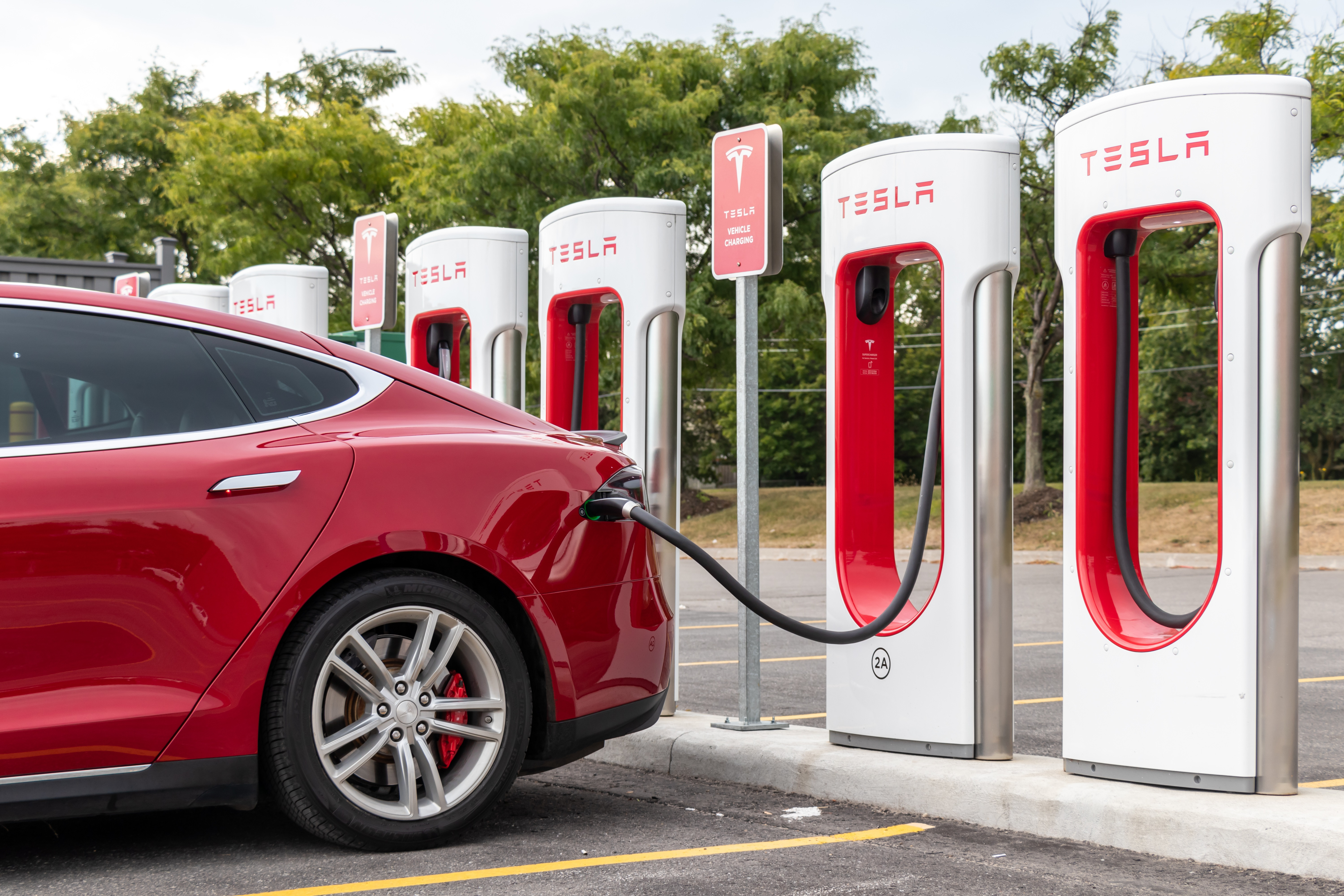
In the United States Tesla cars utilize a proprietary charger, which is quite different from the CCS and CHAdeMO rapid chargers utilized by other electric cars on the road. That means no, you can’t readily use third party charging networks.
Elon Musk’s explanation for the charger is that the Tesla plug is a slim connector offering low and high power charging. This was developed back in the days before a universal standard when Tesla was the only automaker developing long range electric cars.
In the European Union, where the CCS connector is now a legal requirement, Tesla ditched its own connector for CCS. Models with the original connector still exist, but as a result of the change Tesla does sell a CCS and CHAdeMO to Tesla adapter in the U.K. and other European countries. That lets the few with older cars utilize non-Tesla chargers.
However, the United States has not been so quick to catch up. Teslas still use the proprietary charger, and both the CHAdeMO and CCS adapter are unavailable. There has been word that the CCS adapter may launch in the United States, but so far it hasn’t happened. Likewise, third party companies have developed their own Tesla-compatible adapters, but having never tested them we can’t speak for their quality.
Tesla does supply a Tesla to Type 1 charging adapter with every car, but these are only compatible with slower AC chargers at a speed of up to 19.2 kW. For reference, a Supercharger is 250 kW (for now), while third party rapid chargers can offer anything from 50kW all the way up to 350kW. So it’s not ideal if you’re in a hurry.
So, if you own a Tesla in the United States, you’re pretty much limited to Tesla’s own charging network. This isn’t such a bad thing, considering the size of the Supercharger network, but until something changes, that does limit where you can recharge.
Now you're familiar with how to charge a Tesla, take at look at 9 tips to get the most range out of your EV or how to maximize your EV's range in cold weather. And if you're wondering whether you can jump start your EV, check out what you can and can't do.

Tom is the Tom's Guide's UK Phones Editor, tackling the latest smartphone news and vocally expressing his opinions about upcoming features or changes. It's long way from his days as editor of Gizmodo UK, when pretty much everything was on the table. He’s usually found trying to squeeze another giant Lego set onto the shelf, draining very large cups of coffee, or complaining about how terrible his Smart TV is.
